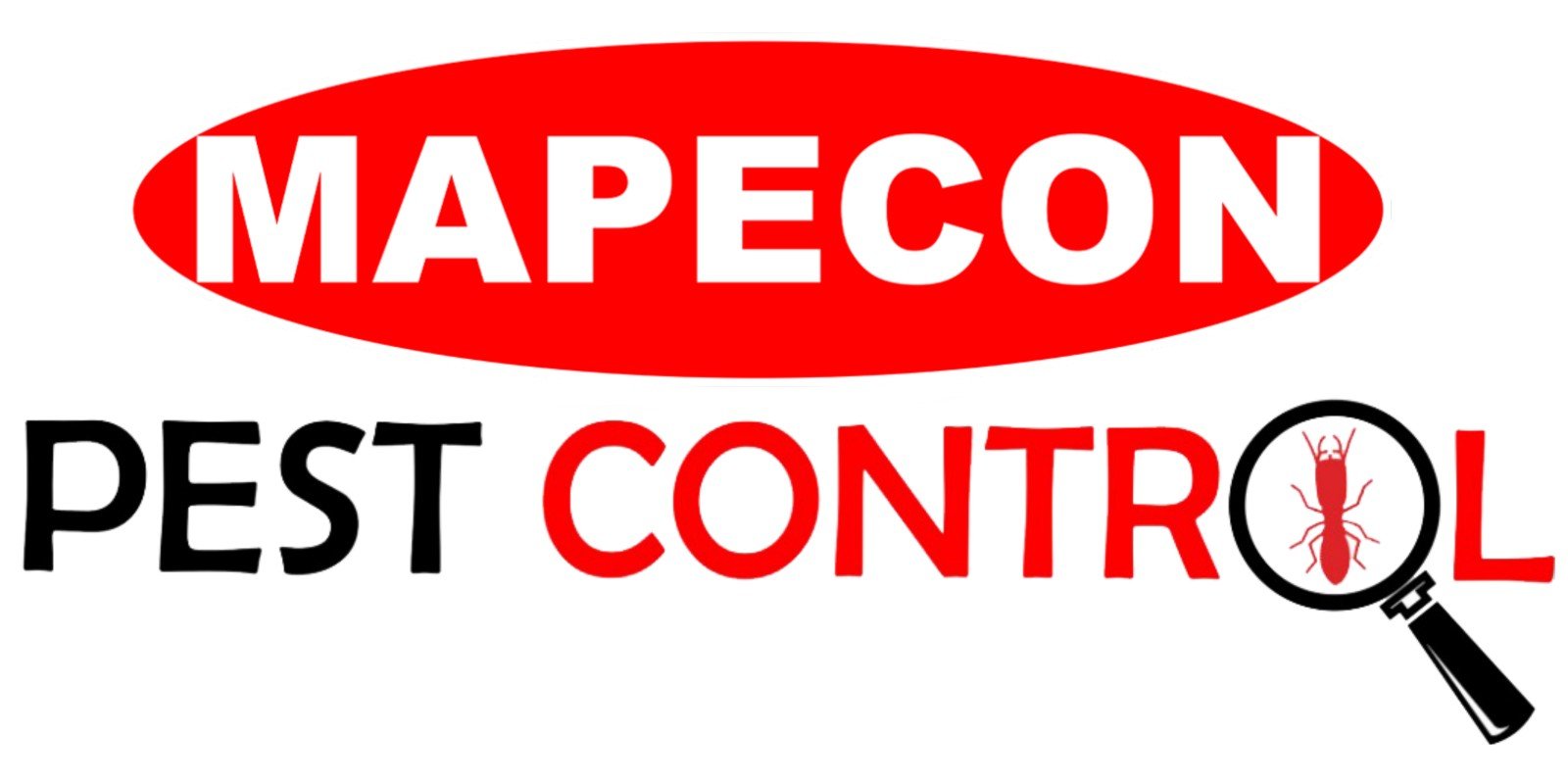Effective mosquito control requires a proactive approach, especially with the rainy season. Mosquitoes thrive in damp environments, and the rainy season creates ideal breeding conditions that can lead to increased infestations. To protect your home and family from these pesky and potentially harmful insects, it’s crucial to have a comprehensive mosquito control checklist in place. This guide will walk you through essential steps to take both before and after the rainy season, ensuring that you minimize mosquito breeding grounds and keep your surroundings safe and comfortable all year round.
Understanding the Mosquito Lifecycle and Activity Patterns.
Developing strategies to manage mosquito populations and minimize the transmission of mosquito-borne diseases is essential. Mosquitoes progress through four clear stages during their life cycle: egg, larva, pupa, and adult, each with unique environmental needs and behaviors.
The lifecycle begins when a female mosquito lays her eggs on the surface of stagnant or slow-moving water. These eggs can hatch within a few days, depending on the temperature and humidity. The larvae, commonly known as “wigglers,” emerge and thrive in the water, feeding on organic matter and undergoing several molts. This stage can last anywhere from 4 to 14 days.
Once the larvae have matured, they enter the pupal stage, known as “tumblers,” where they undergo a transformation. This stage is relatively short, lasting about 1 to 4 days, after which the adult mosquito emerges. The adults rest on the water’s surface until their bodies harden and wings dry, preparing them for flight.
Understanding mosquito activity patterns is equally important. Most mosquitoes are crepuscular, meaning they are most active during dawn and dusk. However, some species are active during the day or night. Factors such as temperature, humidity, and the presence of hosts can influence their activity levels.
Scientists and health officials can combat mosquitoes by studying their lifecycle and behavior to develop interventions like removing standing water, introducing predators, and using insecticides. Public awareness campaigns promoting personal protection measures can also help. Collaboration between research and community initiatives can effectively mitigate mosquito-related health risks.
5 Essential Steps to Prepare Your Home for Mosquito Season.
- Eliminate Standing Water: Mosquitoes breed in standing water, so it is crucial to remove any sources around your home. Check flowerpots, gutters, birdbaths, and any other containers that can collect water. Empty and clean these containers regularly to prevent mosquito larvae from maturing.
- Maintain Your Yard: Keeping your lawn well-maintained can significantly reduce mosquito habitats. Trim grass, bushes, and shrubs regularly to minimize shady areas where mosquitoes like to rest. Rake up leaves and other yard debris to eliminate potential hiding spots.
- Install Screens: Ensure that all windows and doors have intact screens to keep mosquitoes from entering your home. Repair any holes or tears in existing screens and consider installing screen doors if you don’t already have them.
- Use Mosquito Repellents: Apply mosquito repellents to exposed skin and clothing when spending time outdoors. Products containing DEET, picaridin, or oil of lemon eucalyptus are effective options. Additionally, consider using mosquito-repellent candles or coils in outdoor areas.
- Consider Professional Help: If mosquitoes are a persistent problem, it might be beneficial to hire a professional pest control service. They can apply treatments to reduce mosquito populations around your home and provide additional advice on preventing future infestations.
By following these steps, you can create a safer and more comfortable environment for you and your family, free from the nuisance and potential health risks associated with mosquitoes.
Proven Mosquito Control Strategies for During and After the Rainy Season
During and after the rainy season, it’s vital to continue implementing effective mosquito control strategies. In addition to eliminating standing water and maintaining your yard, consider encouraging natural predators like bats and dragonflies by creating habitats that attract them. Introducing fish such as guppies or goldfish to water features can also help control mosquito larvae. After the rainy season, keep monitoring for potential breeding sites and use larvicides in water that cannot be drained. Regular yard maintenance and vigilance will help keep mosquito populations under control and ensure a more comfortable environment.
Monitoring and Maintaining Mosquito Protection All Year Round
Effective mosquito control is a year-round commitment. Consistently monitor your property for sources of standing water, such as in gutters, plant saucers, and clogged drains, and address them promptly. Maintain your yard by trimming grass and removing debris to eliminate mosquito resting spots. Utilize mosquito-proofing measures like repairing screens and using repellents during peak mosquito activity times. Periodic treatments with mosquito larvicides and consultation with professional pest control services can further enhance your protection. By staying proactive and vigilant, you can minimize mosquito populations and enjoy a pest-free environment throughout the year.
Need Expert Help with Mosquito Problems?
Say goodbye to itchy bites and the constant buzzing of mosquitoes. With Mapecon’s expert solutions, you can enjoy your outdoor spaces again, free from the threat of mosquito-borne diseases. Contact MAPECON today to schedule an assessment and take the first step towards reclaiming your comfort and peace of mind.
MAPECON could be reached through the following contact details – phone number (02) 8567 7378, and email address freesurvey@mapecon.com. Visit our website at MAPECON Contact Us Page. Or visit our Facebook Page at https://www.facebook.com/mapeconphilippines.


